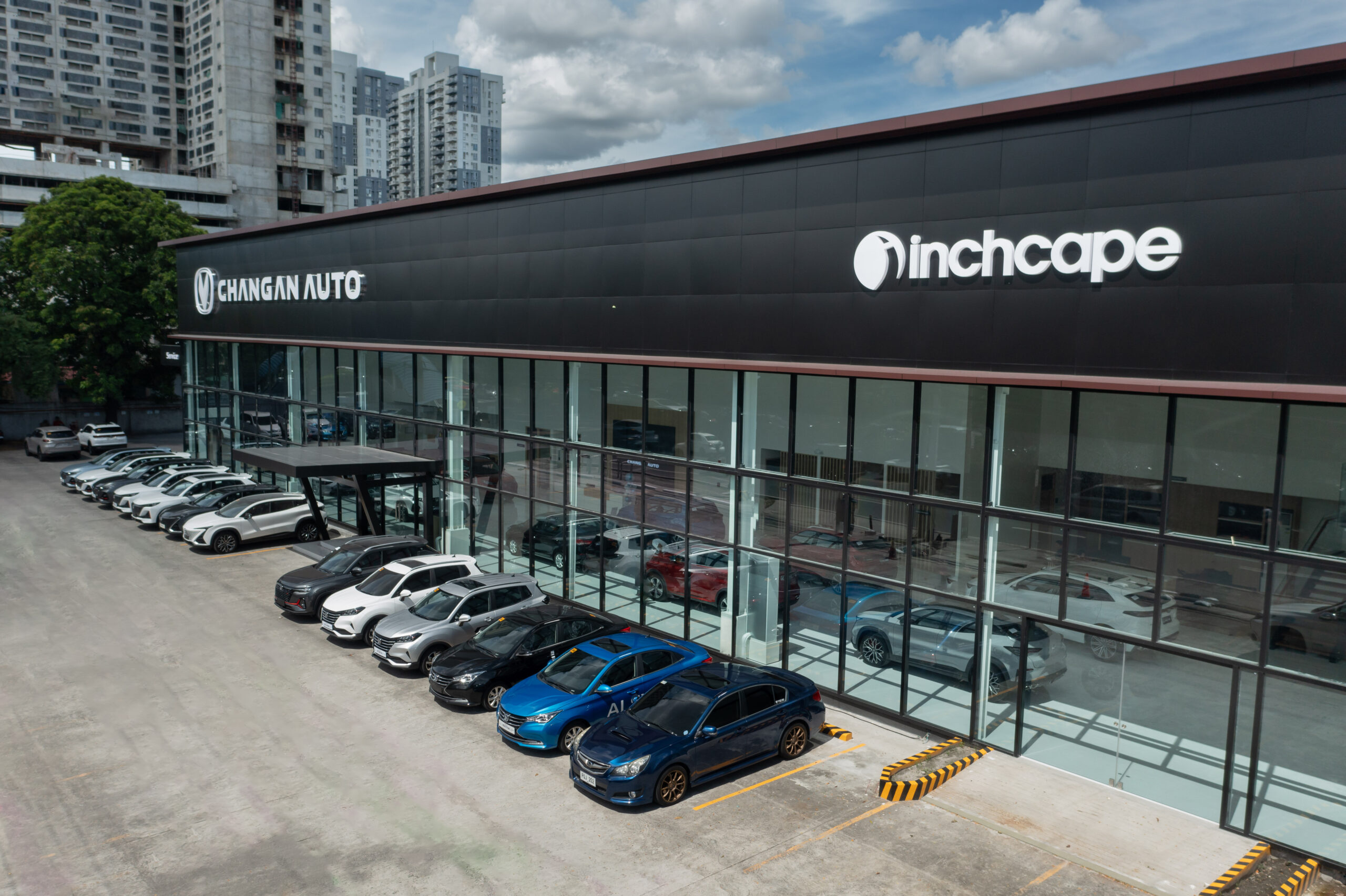
China Takes the Lead in the Automotive Market in Latin America
Cars made in Brazil are no longer keeping up with those from China in some neighboring markets.
Chilean truck driver Claudio Pérez bought his first family car made in China with some hesitation. Two years later, he has no regrets and is already thinking about getting another vehicle from the same country.
“Chinese brands have a bad reputation, but this truck is excellent, no issues at all,” says Pérez, 47, who switched from Korean cars to a Jetour truck from China.
He was hesitant at first because of the negative image of earlier Chinese cars, but he needed a vehicle quickly. He got a recommendation and decided to give it a try. Ultimately, it turned out to be the right choice.
Chinese automakers have sped up their growth, offering options that combine price and quality, allowing them to take over the Latin American market, surpassing the United States and Brazil.
In the past five years, China has multiplied its sales in the region by four. In 2019, the Chinese sold cars worth $2.18 billion (R$8.78 billion at the time); in 2023, that number jumped to $8.56 billion (R$41.43 billion), accounting for 20% of total sales in the region, making them the main suppliers in Latin America, according to the International Trade Center (ITC).
The United States, which held the top spot until 2021, now has 17% of the market, while Brazilian cars dropped from 14% to 11% last year.
In the emerging market of electric vehicles, Chinese dominance is even more striking: 51% of the region’s sales come from the Asian giant, and almost all electric buses are made in China.
“The growth of Chinese car manufacturers in recent years has been impressive, thanks to significant improvements in quality, technology, and design,” says Andrés Polverigiani, automotive market intelligence manager at Nyvus Consulting.
Fierce Competition
Outside of Asia, no other market has such a large share of Chinese vehicles, showing the importance of China, the region’s second-largest trading partner, to Latin American economies, according to ITC.
In the European Union and the United States, markets with strong automotive industries, tariffs have slowed down a more aggressive expansion.
Although small, the Chilean market is considered one of the most competitive in the world. With almost no tariffs thanks to a range of trade agreements, 80 brands from 28 countries offer more than 600 vehicle models in the country.
The arrival of Chinese vehicles at Chilean ports seems endless.
“A Chinese car here competes equally with an American or European one. The lower tariffs have also led to very competitive prices,” points out Diego Mendoza, president of the National Automotive Association of Chile.
Last year, Chinese cars made up nearly 30% of sales in Chile.
Just like in Chile, Ecuador, Peru, and Colombia, China’s strategy is to dominate the market. But in Brazil and Mexico, the largest manufacturers in the region, China aims not only to sell but also to produce locally.
The giant BYD is building the largest electric car factory outside of Asia in Camaçari, Bahia, with the capacity to make 150,000 vehicles per year. GWM also bought a Mercedes-Benz factory in Iracemápolis (east of São Paulo) to produce 100,000 electric units per year.
“Brazil is a country with a big market, but still with few electric vehicle sales and limited Chinese presence. If I were an executive at a Chinese car company, I would also see the Brazilian market with great interest,” says Cassio Pagliarini, a specialist at Bright Consulting.
More for Less
China managed to win over consumers by partnering with major manufacturers, forming alliances that reduced production costs and improved technologies.
“People started to test and adopt Chinese cars based on their preferences,” says Rubén Méndez, marketing manager at Movicenter, where cars are sold in Chile.
Regarding prices, José Carlos De Mier, a representative of Nyvus in Mexico and Puerto Rico, explains that “in some Latin American countries, Chinese brands offer more for the same price.”
In Latin America, Chinese cars have allowed people with middle or low incomes to buy their first vehicle, as well as helped spread cleaner technologies in polluted cities like Santiago, Bogotá, or Mexico City, explains Sebastián Herreros, an economist at the Economic Commission for Latin America and the Caribbean (ECLAC).
“All our countries need to quickly move towards electric mobility as a matter of survival, and China is an ideal partner: they have the production scale and can sell at affordable prices,” Herreros concludes.
Also Read:
Text Source: This article was inspired by and based on content from [Carta Capital]. The information has been reinterpreted and expanded upon to fit the context and purpose of this piece.
Share this content:





















Publicar comentário